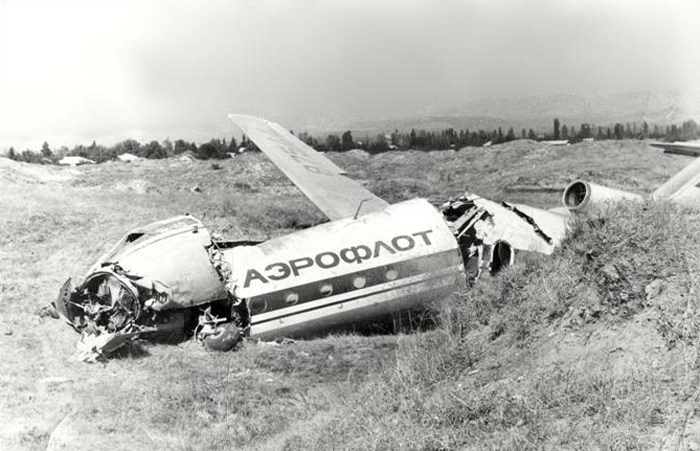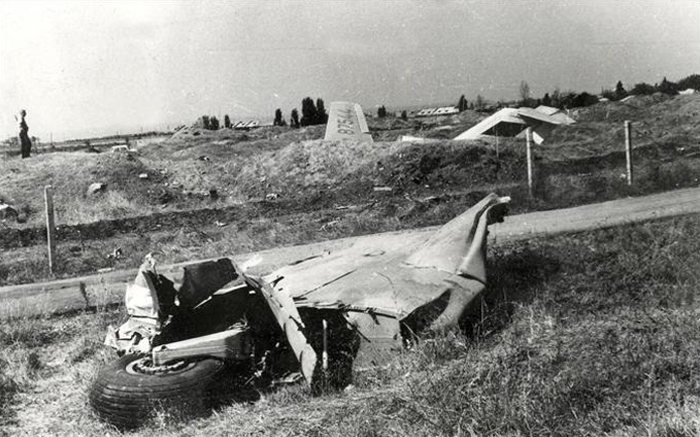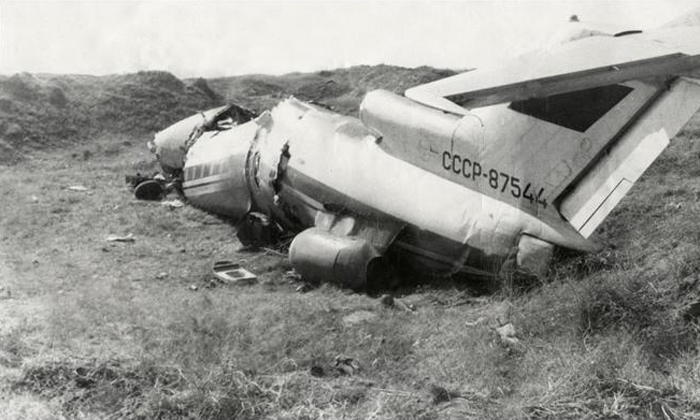Crash of a Yakovlev Yak-40 near Kutaisi: 14 killed
Date & Time:
Oct 11, 1985 at 1009 LT
Registration:
CCCP-87803
Survivors:
No
Schedule:
Tbilisi – Kutaisi – Poti
MSN:
9 23 09 23
YOM:
1972
Flight number:
SU07G
Crew on board:
4
Crew fatalities:
Pax on board:
10
Pax fatalities:
Other fatalities:
Total fatalities:
14
Circumstances:
According to published procedures, the crew was supposed to climb to an altitude of 2,400 meters after takeoff from Kutaisi Airport. But due to an Aeroflot Antonov AN-24 that was approaching another airport in Kutaisi, the crew was instructed by ATC to maintain the altitude of 300 meters after departure. Few minutes after takeoff, while cruising in bad weather conditions, the crew failed to switch from VFR to IFR mode when, in restricted visibility, the aircraft struck the slope of a mountain located some 47 km west of the airport. The aircraft was totally destroyed and all 14 occupants were killed.
Probable cause:
The accident was the consequence of a poor ATC assistance and radar coverage of the region as well as a lack of ATC coordination in the Kutaisi Airport area control center. At the time of the accident, ATC was unaware of the lack of visibility due to poor weather conditions. Lack of discipline, poor work organization and procedures violation were considered as contributing factors.





